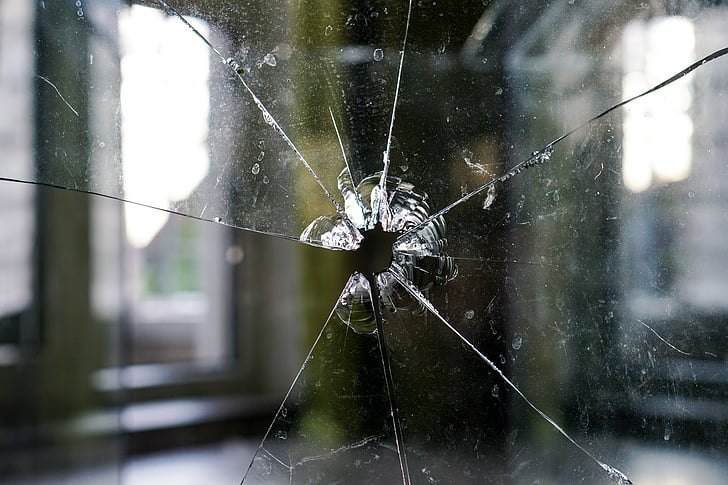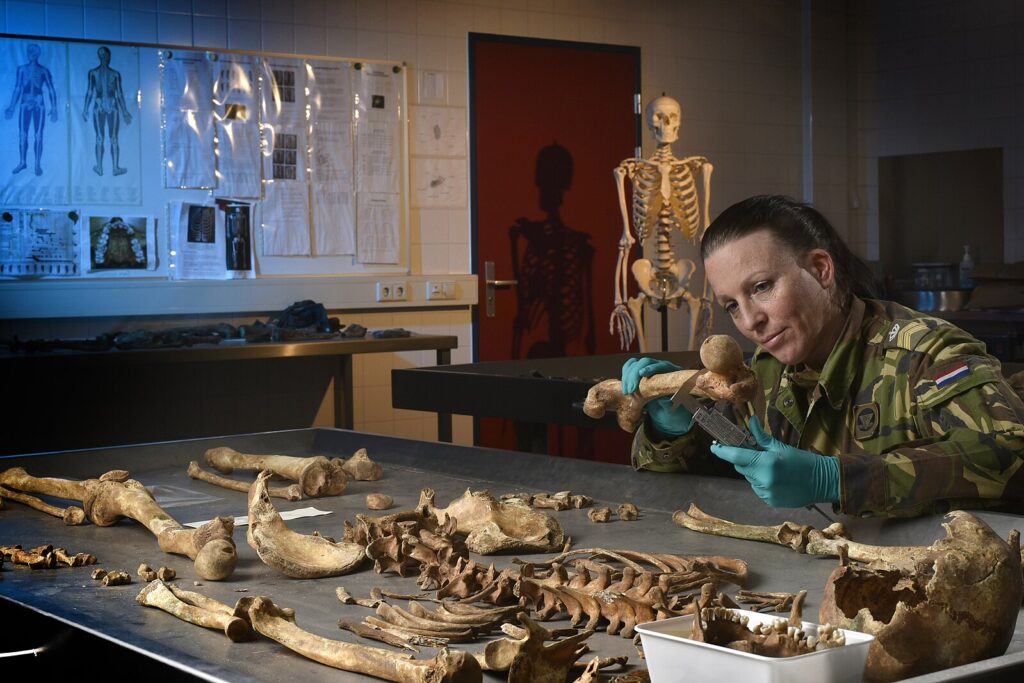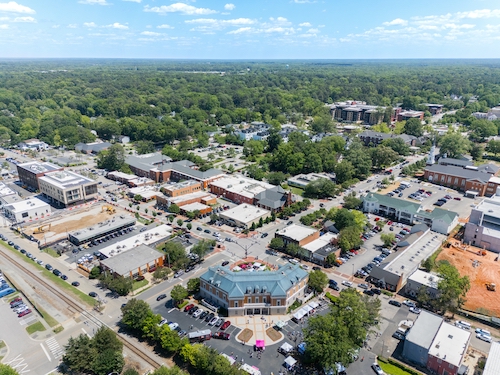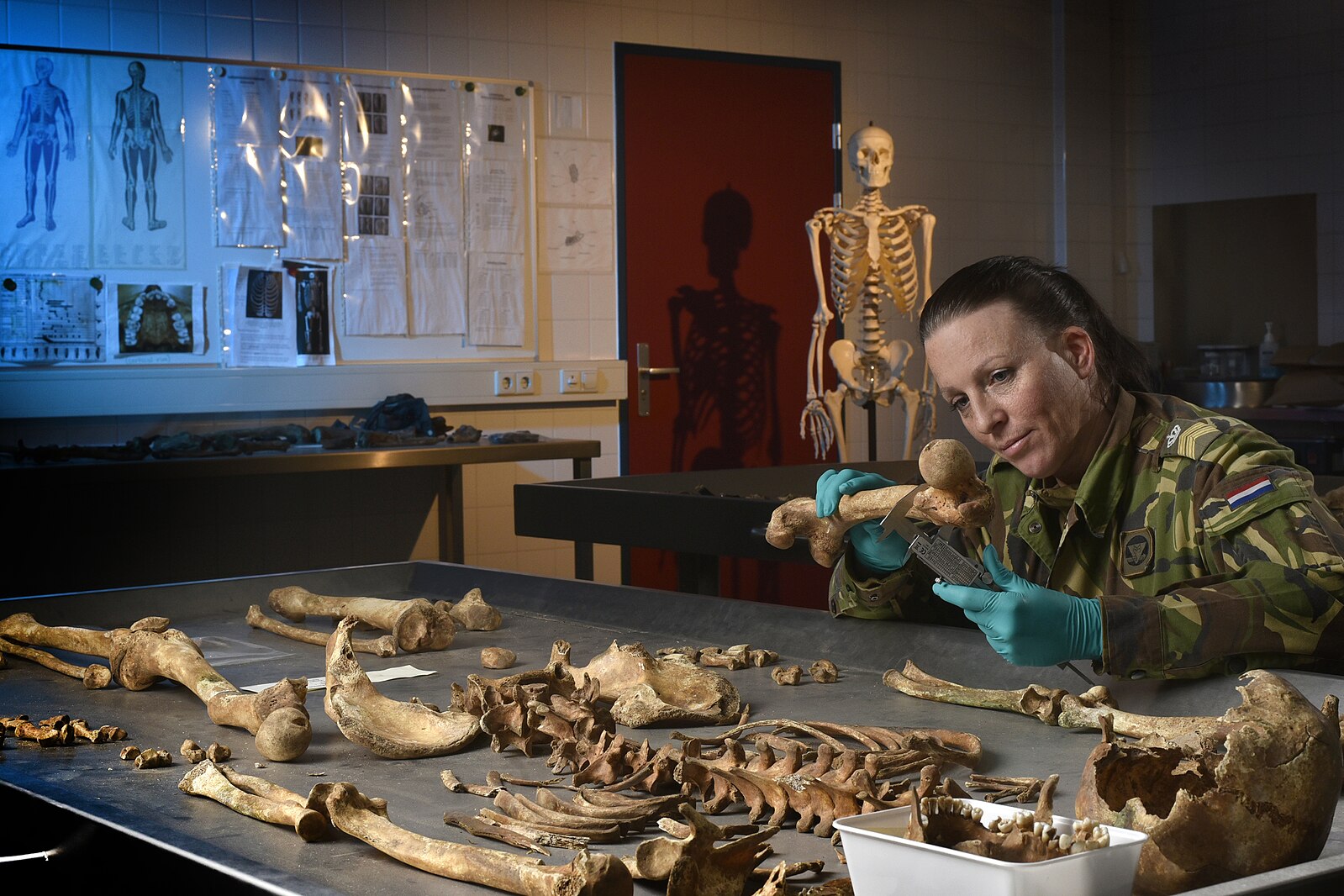Now Reading: Forensic Analysis of Glass Fracture Patterns in Firearm Investigations: Insights into Bullet Trajectory and Firing Distance
-
01
Forensic Analysis of Glass Fracture Patterns in Firearm Investigations: Insights into Bullet Trajectory and Firing Distance

Forensic Analysis of Glass Fracture Patterns in Firearm Investigations: Insights into Bullet Trajectory and Firing Distance
The analysis of glass fragmentation patterns provides crucial forensic information for reconstructing shooting incidents, particularly in determining bullet firing direction and estimating shooting distance. When a bullet strikes a glass pane, it initiates distinct fracture patterns such as radial, concentric, and cone fractures, and expels glass fragments in characteristic trajectories. The morphology and dispersion of glass fragments are influenced by bullet type, angle of impact, and distance from the glass to the target or muzzle. By systematically studying these fracture features, forensic experts can infer the projectile’s trajectory with significant accuracy, aiding in crime scene reconstruction. This article reviews the forensic principles behind glass fracture analysis, the role of glass fragment morphology in determining bullet direction, and the correlation between bullet-to-glass distance and fracture pattern attributes. Experimental findings on laminated and tempered glass highlight how fracture dimensions, fragment dispersion angles, and hole morphology vary with distance and angle, providing a forensic basis for interpreting shooting events. The integration of fracture pattern analysis with ballistic trajectory estimation enhances the evidentiary value of glass fragments in forensic investigations. Understanding these fracture dynamics strengthens investigative leads and supports judicial outcomes in firearm-related cases.
Introduction
Glass is a common target in firearm-related crimes, serving as an important evidence source when fractured by bullets. The unique fracture and fragmentation patterns resulting from bullet impacts can reveal vital details about the shooting incident, such as the direction from which the bullet was fired and the distance between the muzzle and the glass target. Forensic investigation leverages the physical analysis of these patterns, often referred to as fractography, combined with ballistic principles to accurately reconstruct the shooting event.
Glass Fracture Mechanics in Shooting
When a bullet hits glass, it generates both radial and concentric fractures. Radial fractures radiate outward from the point of impact, while concentric fractures form roughly circular patterns around the hole. Cone fractures may also occur when high-velocity projectiles penetrate laminated glass, producing recognizable cone-shaped segments. The fracture initiation typically starts at inherent flaws in the glass, propagating rapidly due to the high stress created by the bullet’s kinetic energy.
The morphology of these fractures—and the expulsion pattern of glass fragments—varies depending on glass type (e.g., tempered, laminated), bullet caliber, nose shape, impact angle, and projectile velocity. Laminated glass creates compounded glass fragments connected by an interlayer, which tend to form round-shaped expelled fragments that correlate with the bullet trajectory.
Determining Bullet Direction Using Glass Fractures
The direction from which a bullet was fired influences the angle and spread of glass fragments expelled from the bullet hole. Studies indicate expelled glass fragments tend to travel in directions approximating the bullet’s flight path but can deviate based on cartridge type and glass properties. Measurement of the vertical and horizontal deviation angles of these fragments relative to the glass plane provides forensic clues about projectile direction.
Significantly, the presence of asymmetrical radial fractures or certain glass patterns indicates whether the bullet passed from front to back or vice versa. This helps forensic experts establish the bullet’s shooting direction—a key factor in crime scene reconstruction.
Estimating Firing Distance from Glass Patterns
Popular forensic methods use changes in fracture pattern dimensions and fragment morphology to estimate the distance between the firearm’s muzzle and the glass. For instance, the diameter of cone fractures and bullet holes tends to change predictably with increasing shooting range. Experimental studies with pistols fired at laminated glass from varying distances demonstrated that hole diameter size and the radius of cone fractures decrease as the distance increases.
This distance-dependent variation arises because bullet velocity and energy reduce over distance, affecting the glass breakage pattern upon impact. The quantitative measurement of fracture parameters, collected systematically, thus supports firing distance approximations, enabling more accurate assessment of shooting scenarios.
Experimental Insights and Challenges
Research experiments with various calibres and glass types have shed light on the reproducibility of these fracture patterns under controlled conditions. However, factors such as glass thickness, manufacturing differences, and angle of impact introduce complexity. Angled shots, for example, deviate fragment trajectories and fracture shapes distinctly compared to perpendicular shots. Additionally, bullet jacket stripping and projectile deformation at glancing angles influence fracture morphology.
Reliable forensic interpretation requires careful control and recording of these variables, along with robust statistical validation, to avoid ambiguity. Repeated experimental firings and fractographic measurements enhance confidence in concluding shooting direction and distance.
Application in Forensic Investigations
The integration of glass fracture analysis with other ballistic and crime scene evidence strengthens investigative conclusions. Glass fragments found on suspects or objects can be matched to broken windows or windshields, supporting suspect linkage. Assessing bullet directionality and distance narrows down the suspect’s location and shooting conditions, guiding law enforcement inquiries and courtroom testimonies.
Moreover, understanding the biomechanics of glass fracture improves preservation and collection protocols at crime scenes. Forensic teams trained in recognising key fracture signatures can prioritise evidence for analytical testing, ensuring critical data is not lost.
What AI can contribute
Fracture pattern recognition
Deep learning models can be trained to identify and classify fracture types (radial, tangential, concentric, cone fractures) from high-resolution images or micrographs of glass evidence. These models can help standardise pattern labelling, reduce observer bias, and accelerate evidence triage at crime scenes and in the lab.
Trajectory and direction inference
AI systems can learn mappings from quantified fracture features (such as hole shape, cone radius, and fragment dispersion) to probable firing directions, incorporating glass type, thickness, and impact angle as inputs. Probabilistic outputs (e.g., likelihood maps of firing directions) can support expert testimony by providing quantified uncertainty estimates.
Distance estimation from patterns
Regression-based AI models can relate distance-related fracture metrics (hole diameter, cone angle, fragment spread) to muzzle-to-target distances, trained on controlled experiments with various calibres and glass types. Models can be augmented with physics-based features (e.g., energy transfer, residual velocity) to improve robustness across scenarios.
Glass type characterisation
Machine learning can assist in quickly classifying glass types (tempered, laminated, annealed) from fragment morphology or material signatures, which is a key factor in interpreting fracture patterns. Integrating elemental/structural data (when available) improves accuracy.
Data integration and workflow automation
AI can automatically curate image datasets, annotate features, and generate standardised reports that document fracture analyses, measurement metadata, and confidence intervals. This supports chain-of-custody documentation and enhances reproducibility in court proceedings.
Conclusion
Glass fragmentation patterns induced by bullet impacts provide valuable forensic insights for determining firing direction and estimating shooting distance. The distinct radial, concentric, and cone fracture patterns, combined with expelled fragment trajectory analysis, form a scientifically grounded approach to reconstruct firearm discharge events through glass. While experimental and real-world complexities exist, continuous advancements in fractographic techniques and ballistic modelling hold promise for more precise forensic interpretations. These methodologies enrich the toolkit of forensic experts, facilitating accurate crime scene reconstructions and strengthening judicial processes in firearm-related crimes.










